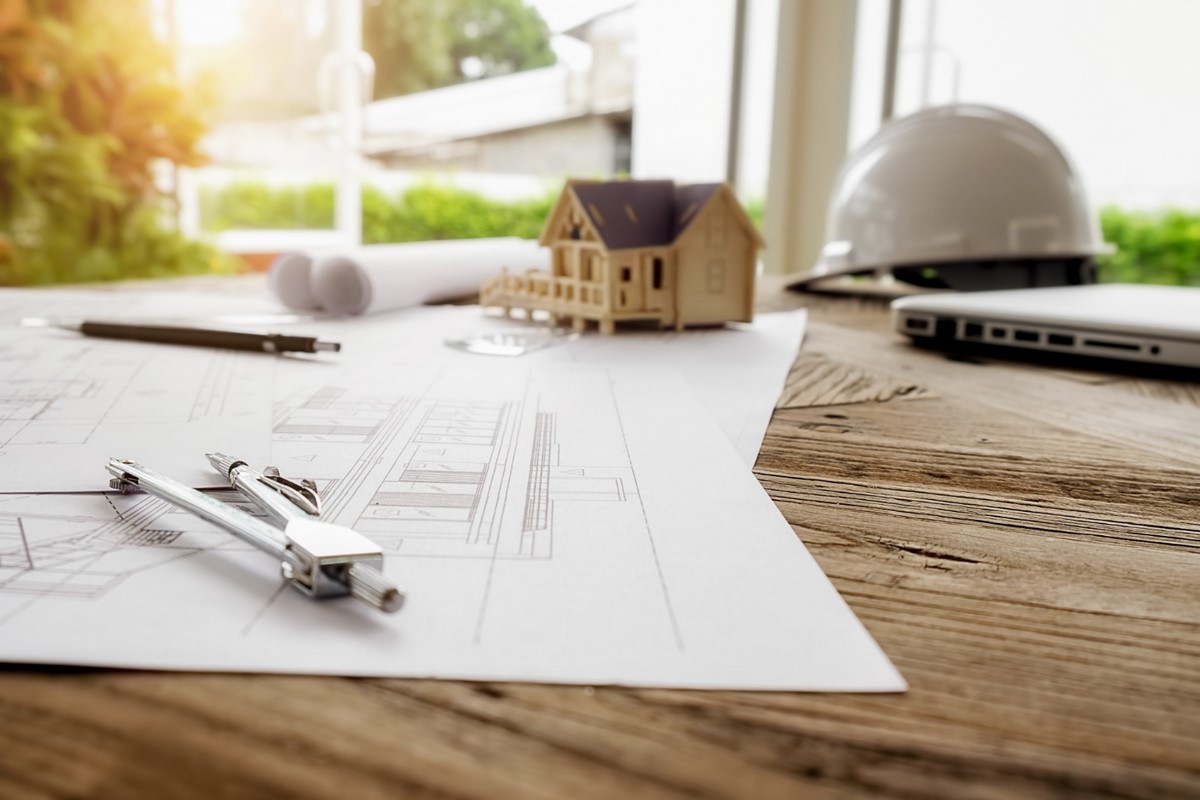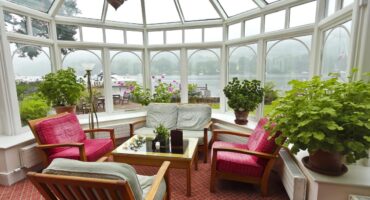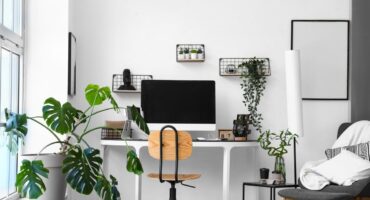There are more than 25 years to neuroarquitetura has been used in constructions and conceptions of spaces, in order to bring more positive behaviors to the people who live or live there, adding essential benefits for a good quality of life.
It is very important that the places where we spend the most time are well thought out and executed in order to favor us in different aspects, like a good office to work, a quiet home to rest or even a hospital that brings tranquility.
In all these situations we have as a priority the sensations, experiences that we have with our senses and that we send to the brain, and this, sends back a response to our actions, then making the union between space and body.
Throughout the following article we will understand more about how neuroarchitecture has been essential for modernist and contemporary constructions, always adding a strong sense of pleasure, joining architecture and urbanism and its tools.
What is neuroarchitecture?
In the 90, neuroscientist Fred Gage and renowned architect John Paul Eberhard joined forces to prove, through studies, that architecture would have an interesting connection with the brain, through senses and lived experiences.
They brought to the discussion that each thought regarding the structuring of an environment would only be considered important for satisfaction if all elements of the place were thought for that., thus, working for the senses:
- Eyesight;
- Smell;
- This;
- Hearing;
- Palate.
For example, in a high standard landscaping design, the resident of a house had direct contact with nature, both with a green vision, that added a comforting feeling, with the smell of the bush and the feel of picking plants.
This deeply added a feeling of peace that soon became a better disposition to live in the place, using that environment as a refreshment for the intense days, for example, of a law firm where you work.
In another clear case of neuroarchitecture, the newcomer living in an apartment in a busy and highly noisy city, finds peace and tranquility through chandelier ceiling linked in rooms with light colors, which brought greater lull.
This lull is so much, through these devices, that the feeling of those who live in these places is to find silence and calm in a field, even inside an apartment, in a high tower in the city, fruit of what the brain understands as good.
In this way, we can understand that working beyond architectural concepts, that focus only on an aesthetic resolution or an attachment with some organizational style, without the interest of joining the resident with the place, it was more convincing.
The main positive points
See below the main points that are favored with the insertion of neuroarchitecture in projects, whether they are directed to homes, study places, like schools and college, hospitals, where rest and improved health prevail, among other.
1. Improved learning
In comfortable spaces clearly linked to pleasure and well-being, will certainly be more facilitator for learning, even more those linked to daily exercise, as in schools and universities, even in doctor's offices.
For example, align a bright environment with comfortable, modern furniture, além de uma boa engenharia de ar condicionado, for sure, will bring greater emphasis to a learning environment, something that also happens through impeccable organization.
2. Greater work productivity
Well-structured work environments and focused on neuroarchitecture are always more likely to have greater productivity among their employees, since the site contributes to greater concentration and satisfaction in contributing to a team.
It is essential that in these places the storage and arrangement of objects and furniture, like chairs and stainless steel table always be thought of in an individual way, but remembering a collaborative and active mechanics throughout the company.
It is also important to note that the color of the environment, from its walls to the objects that make up the aesthetics of the place, can contribute to productivity sensations, at the same time that they highlight the identity of the company.
3. Environment humanization
The humanization of an environment is nothing more than the creation of places that can actually be used during an experience in that place, respecting the main characteristics of residents and users of the space in an effective way.
It's no use, for example, fill a place with art decorations or even fine and elegant furniture if they do not provide a good use for those who are there, something that makes neuroarchitecture incorporate its sense identity.
In this case, for example, of company specialized in civil construction can build places that are geared to the sense of community within a condominium, humanizing relationships and making residents exchange ideas and behaviors.
4. More relaxing and comfortable environments
The more comfortable an environment is, the more it will refer to better feelings of quality of life, something that many people look for, especially in architectural projects in which they are investing time and money.
Nowadays, with the wide movement in social networks and in the market, with countless news and changes in full swing, most people end up migrating to quieter places, although within the cities themselves.
Sign up to receive Decor News first!
In these environments, your compositions, such as colored burnt cement on the ground, mixed with plants and other lighter colored objects, can bring the desired comfort and make the on-site experience as interesting as possible.
5. Experiences better used
Imagine raising your children or living with your partner in a place increasingly linked to your desires, that influences their behaviors in a positive way and adds greater certainty that this is a feeling of happiness.
Places thought through neuroarchitecture aim exactly to supply these desires, providing more concrete experiences in relation to the happiness of living in a harmonic place and close to activities that add family comfort.
How to apply neuroarchitecture in architectural projects
See below the main ways to apply neuroarchitecture in environments, something widely used by professionals in major buildings in recent years, always linked to a better layout of spaces and use of natural factors.
Lighting
A lighting strategy is the basis of an environment that provides interesting experiences for residents. Natural light is one of the main characteristics of this type of construction, always willing to improve the perception of calm.
A good tip is to enjoy the sun and the afternoon light in a way that brings greater comfort, and that artificial light is avoided. It is also interesting to combine light in certain spaces, how to room, so that some objects are in evidence.
Strategic colors
Even though the lighter colors, like white, gray and beige bring greater comfort and tranquility, it is also possible to use other cards to aggregate different ideas for each type of resident, causing a specific behavior to emerge.
For example, colors like orange, yellow and blue can bring more concentration to workplaces, while darker colors add a sense of elegance, suitable for places with works of art or some cultural disposition.
Ergonomics
Build an environment thinking about, for example, an ergonomic report can be a good option to send spaces an idea of maximum usability, avoiding with which furniture and other objects,as a secretary office chair, are just an insignificant part of the site that will be used.
Thus, a good example of this happens in rooms or offices, where the tables and chairs of a possible metallic structures can identify a more malleable place for a job, a comfort or even a concentration on a service.
Ventilation
Having an interesting ventilation inside the house makes all the difference, although in colder places. That's because the wind, combined with plants and other nature-oriented items, always brings a sense of tranquility.
A good tip is to open more environments, keeping cross circulations, where the wind can go through all the rooms and bring less that feeling of closeness and loneliness.
Final Considerations
Neuroarchitecture has been a great choice among professionals responsible for the maintenance and construction of house projects, since it directs a feeling of comfort and well-being from mechanisms activated in the brain, through the senses.
This makes it easier to understand how an environment can bring greater satisfaction to its residents., who will always be interested in everything that brings them a sense of peace and especially good experiences.
This text was originally developed by the blog team Investment Guide, where you can find hundreds of informative content about different segments.




